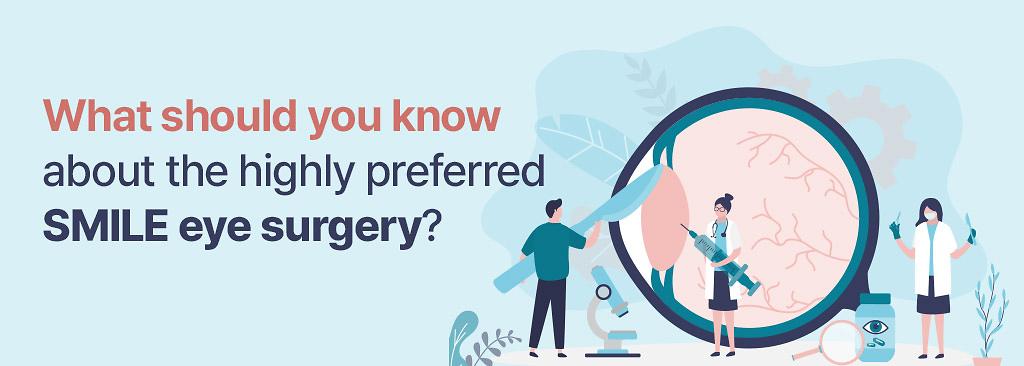- View 755
What should you know about the highly preferred SMILE eye surgery? [Kim Mu-yan, Chief Director of GS Eye Center]

As medical technology develops, we are lowering side effects and aftereffects of care and raising the quality of life with the development of treatment methods. Individuals are also able to choose the corrective eye surgery that is suitable for their own eyesight and eye conditions, occupation, living environment, hobbies, and more.
The representative side effect of corrective eye surgery is dry eye, an ocular disease where production of tears is insufficient and the eyes become dry and irritated, accompanied by blurry vision which can lead to a decline in eyesight. Recently these kinds of problems have decreased as SMILE laser eye surgery has appeared as an option.
SMILE laser eye surgery utilizes the laser to bypass the surface of the cornea and separate substances from its center. Without cutting the surface of the cornea, it can be maintained as it was before surgery by cutting only 2 mm, doing minimal damage to the cornea and lowering the possibility of aftereffects of corrective eye surgery such as dry eye and glare.
Thanks to this, the procedure can also be used in cases where the cornea is very thin or the surface is irregular, usually making laser corrective eye surgery difficult due to issues with the amount of the cornea that must be cut, such as ultra-high myopia and severe astigmatism. Just as the amount of corneal damage is small, the eyes after SMILE laser eye surgery suffer less pain and are durable against shocks from the external environment such as UV rays. In fact, recovery is so quick that you are able to wash your face and even exercise the day right after surgery.

However, SMILE laser eye surgery is not an appropriate option for every situation, so you must be cautious when making the decision. SMILE is a high-level surgery for those who require a fine level of correction according to the condition of their corneas and eyesight depending on the site, separation of the corneal parenchyma, and level of astigmatism and the astigmatic axis. Accordingly, it is important to create an individualized surgery plan based on the results of a thorough examination and sufficient consultations with the medical team to prior to surgery.
Therefore, when you must undergo surgery and are able to choose the surgical center, ensure they utilize a systematic examination system and the latest equipment, as well as doctors with an abundance of clinical experience and excellent medical skills. Also check whether or not they have a thorough post surgery care program and other services.
In addition, you should also apply eye drops when they are prescribed at the hospital following surgery, and regularly get examined to check the condition of your eyes.



